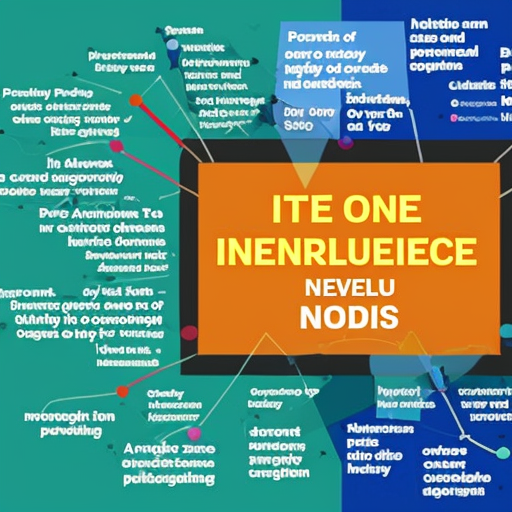International collaborations can be challenging for a variety of reasons, but the primary challenge is the result of the many cultural, communication, and language barriers that can exist between partners located in different countries.
Cultural Differences
Cultural differences between partners can create a divide that can be difficult to bridge. For example, there might be differences in the professional etiquette and working methods of two partners from different countries. Without an understanding of these differences, it can be challenging to work together effectively. Additionally, there can be differing opinions on how to approach a task or complete a project due to cultural biases. This can lead to delayed progress as the partners take time to negotiate the best course of action.
Communication and Language Barriers
Even when the cultural differences between international collaborations are understood, communication and language barriers can still exist. These can be particularly challenging when partners must communicate across long distances, as even small misunderstandings can cause delays in completion or produce unexpected results. In addition, language barriers can impede effective communication, leading to misunderstandings and poor results.
Time Zone Differences
Another key challenge in international collaborations is the time zone differences. When partners are located in different time zones, it can be difficult to coordinate meetings and progress updates. This challenge is compounded if one or more of the partners has a different working schedule than the others, as it can cause further delays and difficulties in communication.
Conclusion
International collaborations can be highly beneficial, yet they can be fraught with challenges. The primary challenge when collaborating internationally is the result of cultural, communication, and language barriers as well as time zone differences. Understanding these challenges and finding ways to overcome them is essential for successful international collaborations.

